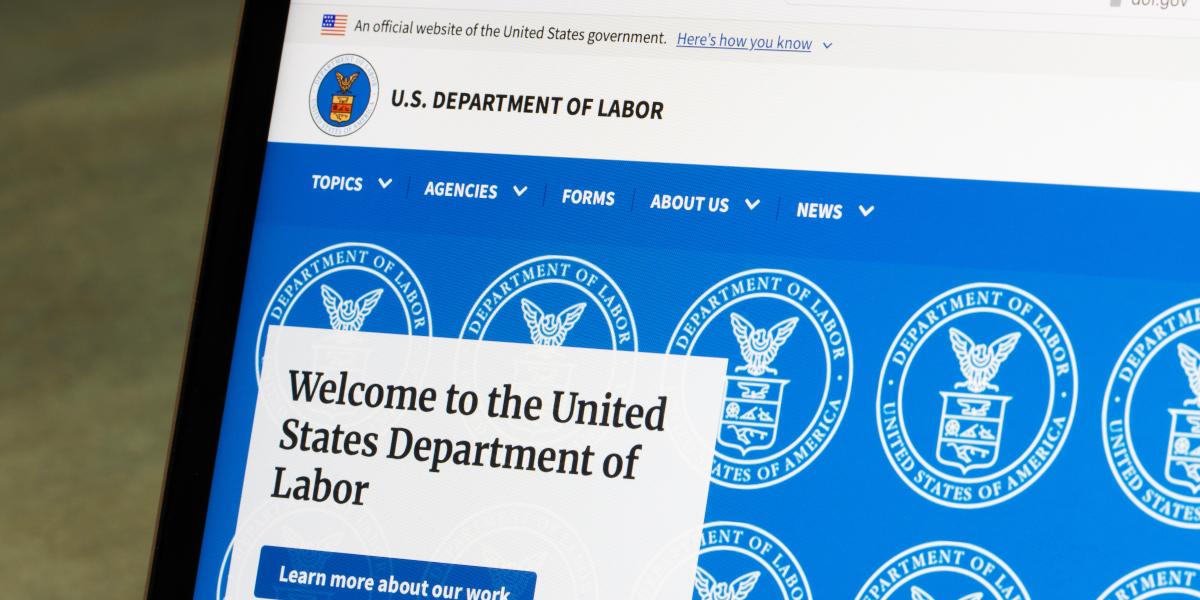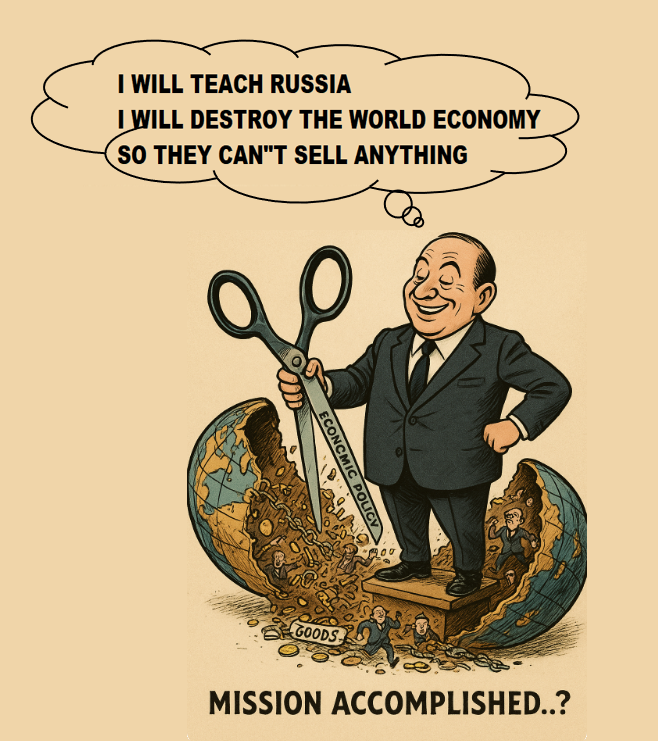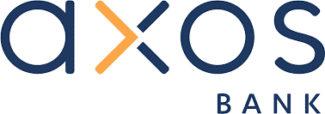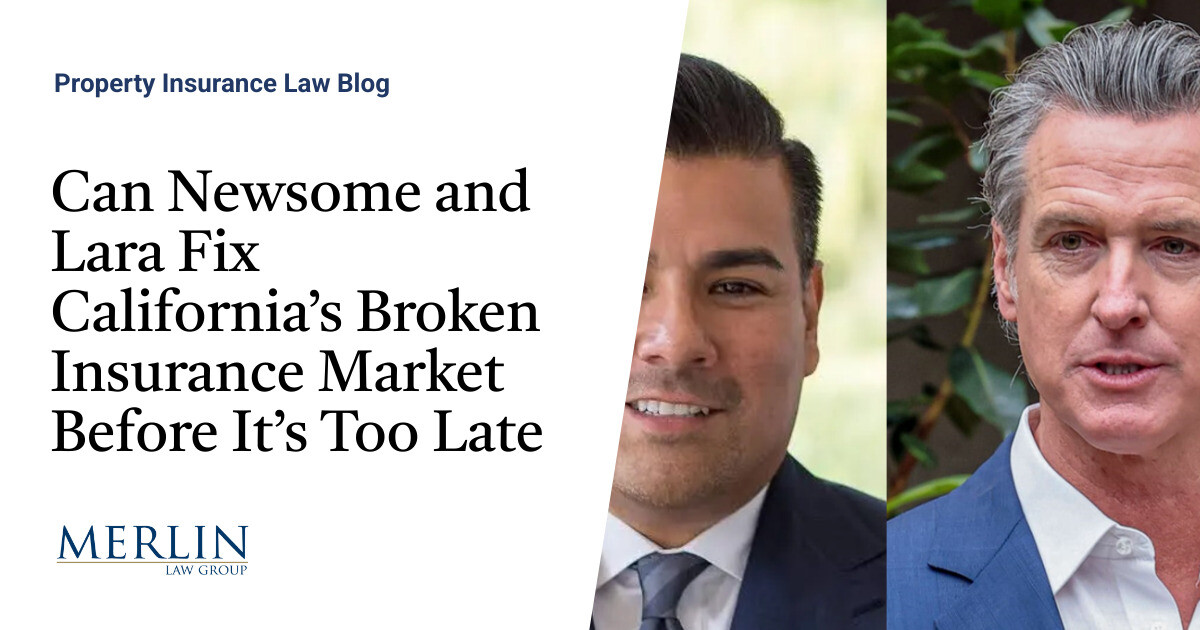Well-run businesses are often worth more than the sum of their parts. They have repeatable processes and carefully designed systems, and astute investors consider these firms worth a premium valuation. Unfortunately, the path to enterprise value is fraught with challenges, including cognitive traps that lure management away from important initiatives. For example, some financial services firms strictly and heavily invest in revenue-generating areas, such as sales and trading, while neglecting compliance departments.
This vital area of enterprise value is often seen as a “necessary evil” rather than a source of firm value. That perspective can lead to non-optimal, do-it-yourself efforts to save costs, but without expertise and commitment to resources. That mindset can become impractical and ineffective as your firm grows. Without an encompassing systematic approach, enterprise value can take a hit.
To learn more about compliance and its place in building enterprise value, we reached out to Mac Bartine, CEO of Smartria – an award-winning, cloud-based compliance software platform designed to address the needs of compliance consultants, compliance officers, operations teams, investment advisors, wealth and asset managers, and the staff who support them. Their advanced compliance software solutions serve both small RIA compliance teams and large, complex financial organizations.
Hortz: Why is regulatory compliance such a critical issue for financial firms?
Bartine: Compliance isn’t the boogeyman, and it won’t randomly grab your company’s ankles from under the bed. The problem with compliance is not that it will crater your company. But you can genuinely intend to do the right thing and still miss important details that can cause you to pay penalties, return client fees, and then have to report that painful experience to your clientele. The good news is that a bit of forethought and good tools will make a massive difference in your compliance outcomes.
Hortz: What are some of the key criteria to consider when constructing an enterprise-level compliance program?
Bartine: One size does not fit all when it comes to compliance. The best solutions are scalable and customizable to the organization and its various business models. They need to be both broad enough and deep enough in their solutions. “Broad” meaning they solve a lot of different classes of compliance problems, and “deep” meaning those solutions are complete enough to be fully effective at solving the problems they are meant to address.
Compliance is a constantly moving target in our industry. You need a compliance tech partner who updates and improves based on what is happening. The solution also has to be intuitive and easy to use. If your compliance solution is hard to use or understand, that is a significant detriment to your firm’s culture of compliance.
Hortz: What are some of the different compliance solutions you address with your platform?
Bartine: We provide our customers with a complete compliance management solution. Offering a complete, integrated compliance platform means they use fewer compliance management solutions, which leads to greater efficiency and value.
Solutions we offer include employee trade surveillance, automated compliance calendars for all employees, multiple solutions for ensuring complete books and records, vendor due diligence, proof of fiduciary duty, employee onboarding, and CE tracking — the list goes on. We have worked hard to strategically provide a very comprehensive platform.
Hortz: How do you design your software platform and technology to transform compliance from an operational struggle into a driver for growth?
Bartine: The topic of good compliance management driving growth can be controversial, and a software-based solution suggesting it makes it even more so. I believe strongly that a good compliance management program—with or without software—can make your company more profitable. Firms using compliance software have a better shot at building a compliance management program that creates significant efficiencies for all employees. This is especially important for IARs, as they are the organic revenue generators of the business. Make their compliance work more efficient and less stressful, and you are both saving time and making your revenue generators happier and more productive.
The controversial part of the suggestion to use your compliance efforts as a marketing tool is that it can come across as guaranteeing you are compliant/safe to work with. It is analogous to performance advertising. You would have to explain how being compliant does not guarantee investor safety. I would love to see someone do it well so that regulators could get behind the concept, but it will definitely take some thoughtful consideration.
Hortz: How does RIA compliance technology create enterprise value?
Bartine: If you are a firm looking to grow, you need to be thinking about compliance. It is not just about avoiding fines or legal trouble—it is about creating value for your company.
There are many ways compliance creates value. As I mentioned, creating greater efficiency and reducing stress for your revenue-generating employees is incredibly valuable. It also is critical for catching the dropped balls that people, without a comprehensive compliance tech solution, can easily miss. The more firms grow without entrenched compliance tech, the more likely our increasingly complex regulatory environment is to catch them off guard. Another value that firms with compliance tech get is it removes risk concerns for possible acquirers: proof of a strong compliance management program already in place is valuable to potential future buyers.
Hortz: Can you give us some examples of what you mean by your tagline “Software as a Partnership®”?
Bartine: Compliance is not a static problem; it is a moving target. As compliance changes, RIAs need software from a company actively partnering to create solutions that evolve with the changing environment. That partnership between the software company and the customer is what Smartria’s “Software as a Partnership” service is all about. It helps our customers focus on what is most important: growing their business.
Hortz: Why did your recent new enterprise clients, Dynasty Financial and Market Counsel, decide to not just choose you as a compliance solution but also to become both strategic partners and investors in your firm and compliance platform?
Bartine: I cannot speak for either firm, but I believe it is about our vision and mission. We envision a world where every company takes compliance management seriously, so we are building software to help them do just that. It is a big problem, so that is an exciting goal that people can get behind. When people see what we have built and hear about our vision for the future, that excitement translates into good things for our company.
Hortz: Any best advice or recommendations you can offer mid-to-large enterprise firms on strengthening their regulatory compliance readiness?
Bartine: Solve your most crucial compliance challenges with a single platform that integrates with other solutions you are using, so it is easy to pull in data for compliance workflows. Look for solutions that apply continuous analytics to the imported data and actions taken inside the platform and use that analysis to clarify what problems you need to address next.
The Institute for Innovation Development is an educational and business development catalyst for growth-oriented financial advisors and financial services firms determined to lead their businesses in an operating environment of accelerating business and cultural change. We operate as a business innovation platform and educational resource with FinTech and financial services firm members to openly share their unique perspectives and activities. The goal is to build awareness and stimulate open thought leadership discussions on new or evolving industry approaches and thinking to facilitate next-generation growth, differentiation, and unique community engagement strategies. The institute was launched with the support and foresight of our founding sponsors – Ultimus Fund Solutions, NASDAQ, FLX Networks, Advisorpedia, Pershing, Fidelity, Voya Financial, and Charter Financial Publishing (publisher of Financial Advisor and Private Wealth magazines).
The views and opinions expressed herein are the views and opinions of the author and do not necessarily reflect those of Nasdaq, Inc.








































